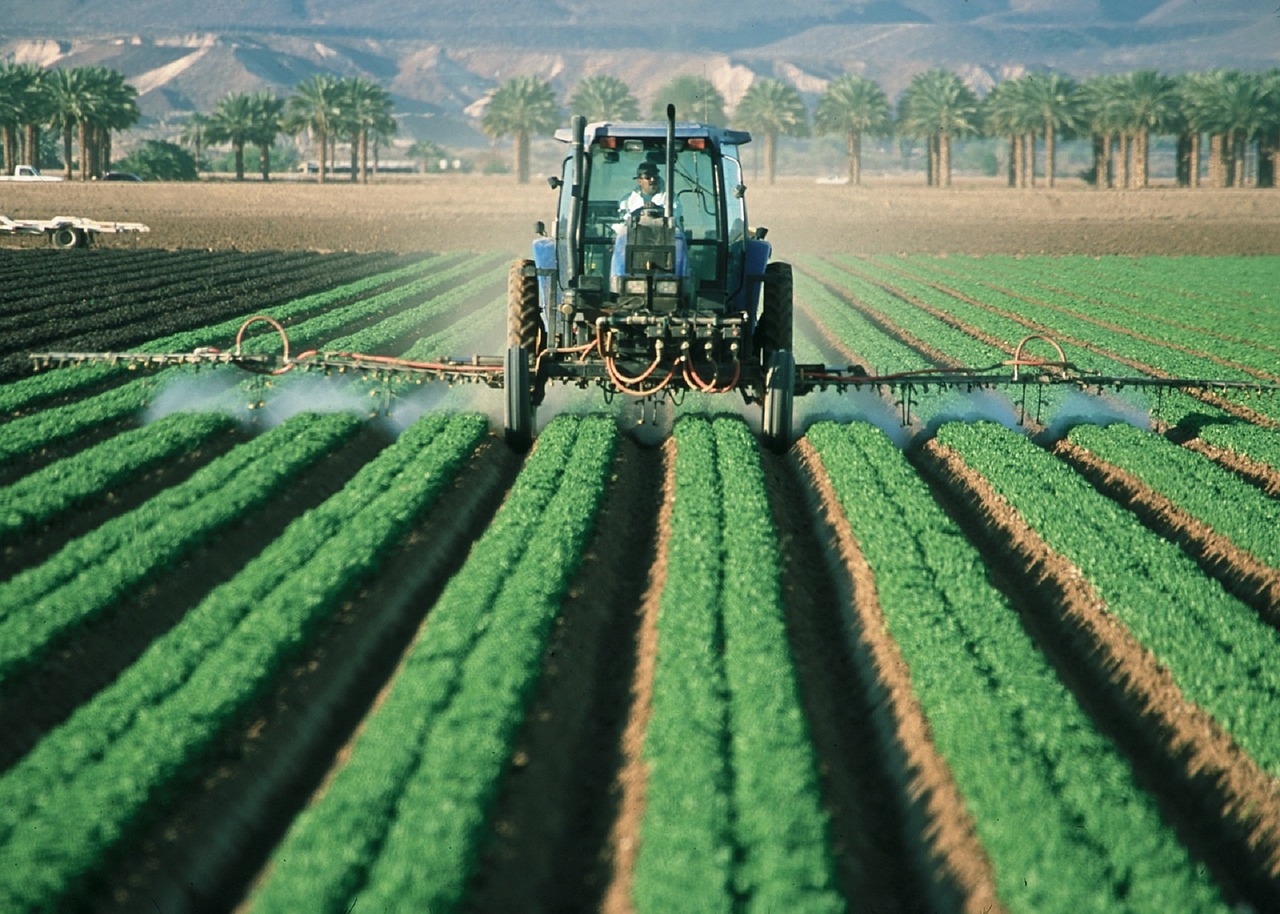Their use and concentrations are strictly regulated around the world. Bodies, such as the United States’ Environmental Protection Agency (EPA), the Pest Management Regulatory Agency (PMRA) of Canada and the European Union’s (EU) European Food Safety Authority (EFSA), define parameters for Maximum Residue Limits (MRL) and Acceptable Daily Intake (ADI). However, agricultural policies can differ across the globe so it is crucial to be able to check for the presence and level of pesticide in imported goods in order to ensure that there is compliance with local regulatory standards.
In a food producing environment where there are no consistent worldwide regulations for the use of pesticides for both general and organic foodstuffs, and where organic operations must demonstrate that they are protecting natural resources, conserving biodiversity and using only approved substances, it essential to have a fully trustworthy test regime in place. Consumers, who often pay extra to buy organic food, might otherwise not get what they expect. Fully documented traceability and uncompromising standards are therefore essential requirements.
It’s worth remembering that the presence of pesticides might not be the result of direction application. It can be due to contaminations in soil, ground water, surface water, pesticide spray drift from neighbouring farms and through contact with produce/contaminants after harvest. These hazards apply equally to general agriculture as to organic farming. Being able to quickly and reliably test for the presence of pesticides applies across the board.
Another major factor that really underscores the importance of having a reliable testing regime is the deliberate use of illegal pesticide processes. Recent news reports of their flagrant abuse include the fipronil scandal, where hundreds of thousands of eggs were contaminated with an insecticide used for getting rid of fleas, lice and ticks on animals, including chickens. Fipronil, which is banned for use on animals destined for human consumption by the EU, got into the food chain via poultry farms in the Netherlands, which is one of Europe’s biggest egg producers. Some 700,000 adulterated eggs are thought to have reached shelves in the UK alone; contaminated produce was found as far away as Hong Kong. The discovery resulted in a criminal investigation and the widespread destruction of eggs and egg-related goods. Without a dependable test method, the problem could have been far more wide-reaching and damaging.
In order to meet the needs of the food processing industry Honeywell Research Chemicals offers its range of 32 Chromasolv solvents specifically created for pesticide residue analysis. Their formulations have been specially developed for detecting pesticides and other environmentally relevant substances, including polychlorinated biphenyls (PCBs) – organic compounds that are resistant to environmental degradation through chemical, biological and photolytic processes.
High purity organic solvents such as pesticide residue grade solvents play very crucial roles in chromatographic analysis and not only require high purity, but more importantly, which do not produce interference peak in pesticide chromatographic detection when solutions are concentrated dozens to hundreds times, so basic analytical grade solvents are not suitable for this method.
Pesticide residue testing of food has traditionally been performed using gas chromatography (GC), but there is increasing use of high performance liquid chromatography (HPLC) with atmospheric pressure ionization (API) mass spectrometry (MS). HPLC is favoured for polar, less thermally-stable, less volatile, compounds. GC-MS is preferred for volatile, thermally-stable species, and pesticides that do not ionize well in electrospray or atmospheric pressure chemical ionization LC sources. Each of the high purity Chromasolv products has been designed to meet the requirements of an application-specific analytical method, helping ensure the best possible results.
Honeywell’s Chromasolv solvents are rigorously tested to the highest standards in large, homogeneous batches to help ensure the best possible lot-to-lot consistency and overall quality. Product specifications are achieved through careful material selection and processing along with stringent internal quality control systems. A variety of information, including the method used for quality control and the amount of non-volatile matter and water in each solvent, is contained in the Certificate of Analysis. Importantly, Honeywell’s approach to high purity products, reliability and environmental considerations is underlined by ISO 9001 (quality management) and ISO 14001 (environmental management) certifications.
Of course, there is no doubt that chemical treatments are necessary for preventing and controlling pests and weeds. However, food businesses need to be able to demonstrate that the substances and volumes they use meet regulatory requirements, as well as assuring consumers that the organic food, for which they often pay a premium, is completely safe to eat. A robust test regime can provide peace of mind that every batch tested is safe for human consumption.




